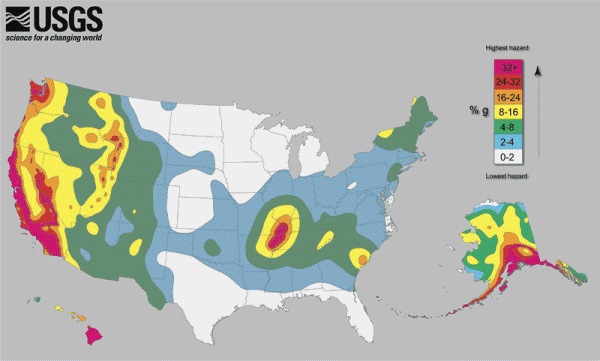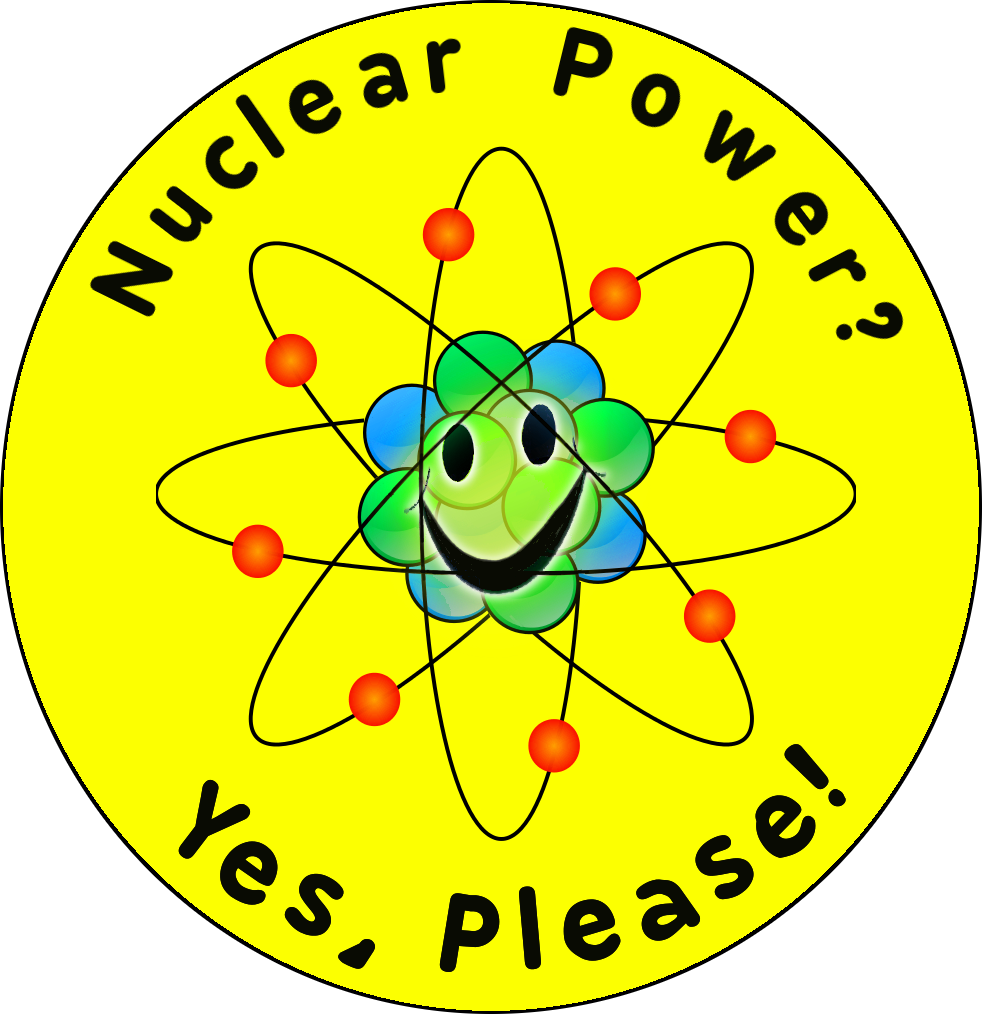I'm don't think global warming is the beginning of the apocalypse, but I do not deny it is among tomorrow's problems and one we should start addressing today.
We recently buried my grandfather. In his lifetime we went from farming with horses and using well water for refrigeration and barely feeding a world population of 2 billion to the globalization and technological wonders of today amidst a population of 7 billion.
If you're glad you're at a computer this morning and not shoveling horse manure, you've got oil and the internal combustion engine to thank.
I like raising my own meat, and even I am glad that I do not have to make intensively farming my acreage my sole endeavor in life.
We need to deal with today's problems but a return to the past is unacceptable. Most of the people who advocate it are either ignorant of the past or think that change does not apply to them. If you believe
that current solutions will not include their own set of new problems, then you're living in a fantasy.
 |
| Solar/Wind powered clothes dryers for the masses. |
If you're glad you're at a computer this morning and not shoveling horse manure, you've got oil and the internal combustion engine to thank.
I like raising my own meat, and even I am glad that I do not have to make intensively farming my acreage my sole endeavor in life.
We need to deal with today's problems but a return to the past is unacceptable. Most of the people who advocate it are either ignorant of the past or think that change does not apply to them. If you believe
 |
| White, blue and green = nuclear |
There are no solutions in this world, only trade-offs.
The best answer I see is that the non-seismic world needs to go nuclear. Areas of regular or even episodic seismic activity will need to employ a combination of imported electricity from non-seismic areas, natural gas, renewables, and yes, maybe some coal.
Car sharing, electric cars for urban dwellers, smaller and more efficient vehicles for those without a market oriented need for larger ones. As a whole the globe is already becoming greener, as marginal land is taken out of crop production and returned to either wild or managed forest or prairie.
France and Sweden really are the exemplars,
The Swedes began research to build nuclear reactors in 1962 in a bid to wean the country off burning oil for power as well as to protect rivers from hydroelectric dams. By 1972, the first boiling water reactor at Oskarshamn began tohost fission and churn out electricity. The cost was roughly $1,400 per kilowatt of electric capacity (in 2005 dollars), which is cheap compared to the $7,000 per kilowatt of electric capacity of two new advanced nuclear reactors being built in the U.S. right now. By 1986, with the addition of 11 more reactors, half of Sweden's electricity came from nuclear power and carbon dioxide emissions per Swede had dropped by 75 percent compared to the peak in 1970.
France, a larger nation, has a similar nuclear tale to tell, weaning itself from imported fossil fuels by building 59 nuclear reactors in the 1970s and 1980s that produce roughly 80 percent of the nation's electricity needs today.
I don't hold out too much hope for fusion, but I am more optimistic about thorium reactors. Here's the thing,
The real challenge to nuclear power is neither scientific nor technical, they are political.
The way private space is revolutionizing the cost and scope of human endeavors in space. Private investment in nuclear will offer a scope of options that the public can then choose from. They will not offer a cost free solution. Their solutions will result in new problems we need to address, but they will give us the opportunity to find the best trade-off available to meet the problems of the present at lowest risk to the future.

No comments:
Post a Comment